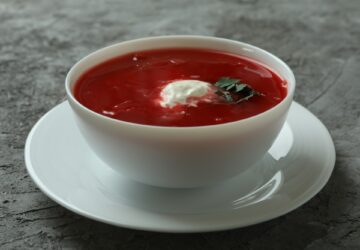Marzipan is a sweet confection made from ground almonds and sugar. It is a popular ingredient in many desserts and pastries, particularly in European and Middle Eastern cuisines. Marzipan has a long and rich history, dating back to ancient times, and it is still a beloved treat today.
History: The origins of marzipan are unclear, but it is believed to have been invented in the Middle East or Asia. The sweet treat became popular in Europe during the Middle Ages, particularly in the Mediterranean region. In the 16th century, marzipan was used to create elaborate sculptures and decorations for feasts and special occasions. Today, marzipan is still widely used in Europe, particularly in Germany, where it is a popular ingredient in Christmas treats.
Ingredients and Production: Marzipan is made by grinding almonds with sugar and other ingredients, such as egg whites and almond extract. The mixture is then shaped into various forms, including loaves, balls, or shaped into figures. Some varieties of marzipan also include additional flavors, such as chocolate or fruit extracts. Marzipan is often dyed with food coloring to create a range of bright colors.
Culinary Uses: Marzipan is a versatile ingredient that can be used in a wide range of desserts and pastries. It is often used to create decorative toppings for cakes and cupcakes, or to create intricate decorations for special occasions. In many European countries, marzipan is a popular ingredient in Christmas treats, such as stollen and marzipan pigs. Marzipan can also be shaped into candies and eaten on its own, or used as a filling for chocolates and truffles.
Marzipan is a delicious and versatile confection that has been enjoyed for centuries. Whether used as a decorative topping or as a filling for chocolates and truffles, marzipan adds a sweet and nutty flavor to a wide range of desserts and pastries. While marzipan should be enjoyed in moderation, it remains a beloved treat around the world.








